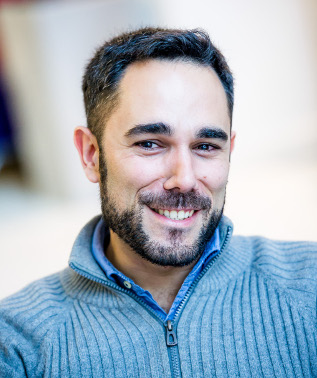Transfer Learning of Surrogate Models via Domain Affine Transformation
Abstract
References
Index Terms
- Transfer Learning of Surrogate Models via Domain Affine Transformation
Recommendations
Transfer active learning
CIKM '11: Proceedings of the 20th ACM international conference on Information and knowledge managementActive learning traditionally assumes that labeled and unlabeled samples are subject to the same distributions and the goal of an active learner is to label the most informative unlabeled samples. In reality, situations may exist that we may not have ...
Transfer prior knowledge from surrogate modelling: A meta-learning approach
Highlights- Propose a meta-learning-based surrogate modelling (MLSM) framework for knowledge transfer.
AbstractSurrogate modelling has emerged as a useful technique to study complex physical and engineering systems in various disciplines, especially for engineering analysis. Previous studies mostly focused on developing new surrogate models and/...
Transfer learning with affine model transformation
NIPS '23: Proceedings of the 37th International Conference on Neural Information Processing SystemsSupervised transfer learning has received considerable attention due to its potential to boost the predictive power of machine learning in scenarios where data are scarce. Generally, a given set of source models and a dataset from a target domain are ...
Comments
Information & Contributors
Information
Published In

Sponsors
Publisher
Association for Computing Machinery
New York, NY, United States
Publication History
Check for updates
Author Tags
Qualifiers
- Research-article
Conference
Acceptance Rates
Contributors
Other Metrics
Bibliometrics & Citations
Bibliometrics
Article Metrics
- 0Total Citations
- 188Total Downloads
- Downloads (Last 12 months)188
- Downloads (Last 6 weeks)64
Other Metrics
Citations
View Options
Get Access
Login options
Check if you have access through your login credentials or your institution to get full access on this article.
Sign in

